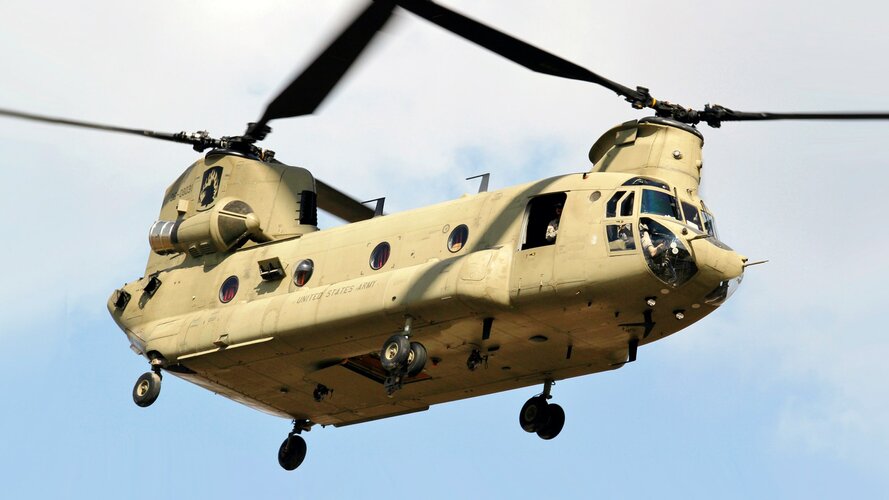- Joined
- 26 May 2006
- Messages
- 34,869
- Reaction score
- 15,733
Hi,
here is a flying boat with disc-shape rotating wing aircraft,designed by Guido Fallei ;

here is a flying boat with disc-shape rotating wing aircraft,designed by Guido Fallei ;
Popular Mechanics
Popular Mechanics inspires, instructs and influences readers to help them master the modern world. Whether it’s practical DIY home-improvement tips, gadgets and digital technology, information on the newest cars or the latest breakthroughs in science -- PM is the ultimate guide to our high-tech...
books.google.com.eg
Attachments
Last edited:




